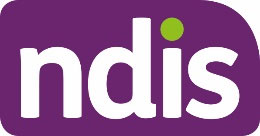 Standard Operating Procedure
Standard Operating Procedure
FOI 24/25-0230
DOCUMENT 1
OFFICIAL
For internal use only
Complete the WHODAS
The content of this document is OFFICIAL. This Standard Operating Procedure (SOP) will
support you to complete the World Health Organisation Disability Assessment Schedule
(WHODAS) task in the NDIS Business System (System).
The WHODAS:
is a series of questions for participants 17 years of age or older about their difficulty
completing or undertaking tasks in different areas of their life
is used to determine the functional impact of the participant’s disability
is completed if there is no evidence of other functional capacity assessments in the
participant’s record or where the Standard Operating Procedure – Complete the
Update Severity Tools task asks you to use it
can be used in addition to a disability-specific tool when required. This should not
change the typical support package (TSP).
s22(1)(a)(ii) - irrelevant material
V1.0 2021-02-10
Complete the WHODAS
Page 1 of 5
OFFICIAL This document is uncontrolled when printed.
Page 1 of 21
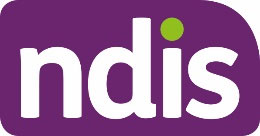 Standard Operating Procedure
Standard Operating Procedure
FOI 24/25-0230
OFFICIAL
For internal use only
s22(1)(a)(ii) - irrelevant material
6. Version
control
Version Amended
Brief Description of Change
Status
Date
by
1.0
CW0032 Content from SOP – Complete the WHODAS APPROVED 2021-02-10
v5.0 2020-02-17 moved to new standard
operating procedure template as part of the
Creating your plan OG refresh
Approved
V1.0 2021-02-10
Complete the WHODAS
Page 5 of 5
OFFICIAL This document is uncontrolled when printed.
Page 2 of 21
FOI 24/25-0230
DOCUMENT 2
Record assessment - WHODAS
SGP KP Publishing
Exported on 2024-09-23 10:30:05
Page 3 of 21
FOI 24/25-0230
SGP KP Publishing – Record assessment - WHODAS
Table of Contents
1
Recent updates .................................................................................................................... 4
2
Before you start .................................................................................................................... 5
3
Understand and complete a WHODAS assessment ......................................................... 6
4
Next steps ............................................................................................................................. 8
Table of Contents – 2
Page 4 of 21
FOI 24/25-0230
SGP KP Publishing – Record assessment - WHODAS
This article provides guidance for a
local area coordinator, early childhood partner and all
NDIA staff (
planner, payment officer, internal review officer, complaints officer,
participant service officer, access officer, quality officer, technical advisor, SDA officer,
NCC officer, provider support) to:
understand a WHODAS assessment
prepare for a new assessment
complete the WHODAS assessment.
Recent updates – 3
Page 5 of 21
FOI 24/25-0230
SGP KP Publishing – Record assessment - WHODAS
1 Recent updates
October 2023
Current guidance.
Recent updates – 4
Page 6 of 21
FOI 24/25-0230
SGP KP Publishing – Record assessment - WHODAS
2 Before you start
You have:
read
Our Guidelines – applying to the NDIS
read the article Understand functional capacity assessments
read the article
Create a new functional capacity assessment case.
Before you start – 5
Page 7 of 21
FOI 24/25-0230
SGP KP Publishing – Record assessment - WHODAS
3 Understand and complete a WHODAS assessment
Understand a WHODAS assessment
The World Health Organisation Disability Assessment Schedule (WHODAS) is a series of
questions for people 17 years of age and above. It assesses the individual’s difficultly
completing or undertaking tasks in different areas of their life. It helps us to understand the level
of difficulty an individual experiences when doing different activities.
We complete the WHODAS assessment when we have no recorded evidence of other
functional capacity assessments on file. We record the level of difficulty the participant has
found when completing tasks in the past 30 days.
s22(1)(a)(ii) - irrelevant material
Understand and complete a WHODAS assessment – 6
Page 8 of 21

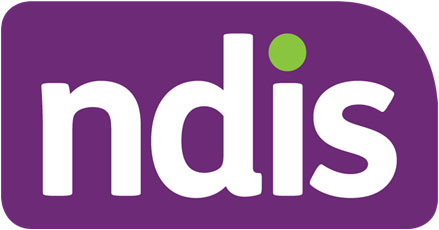
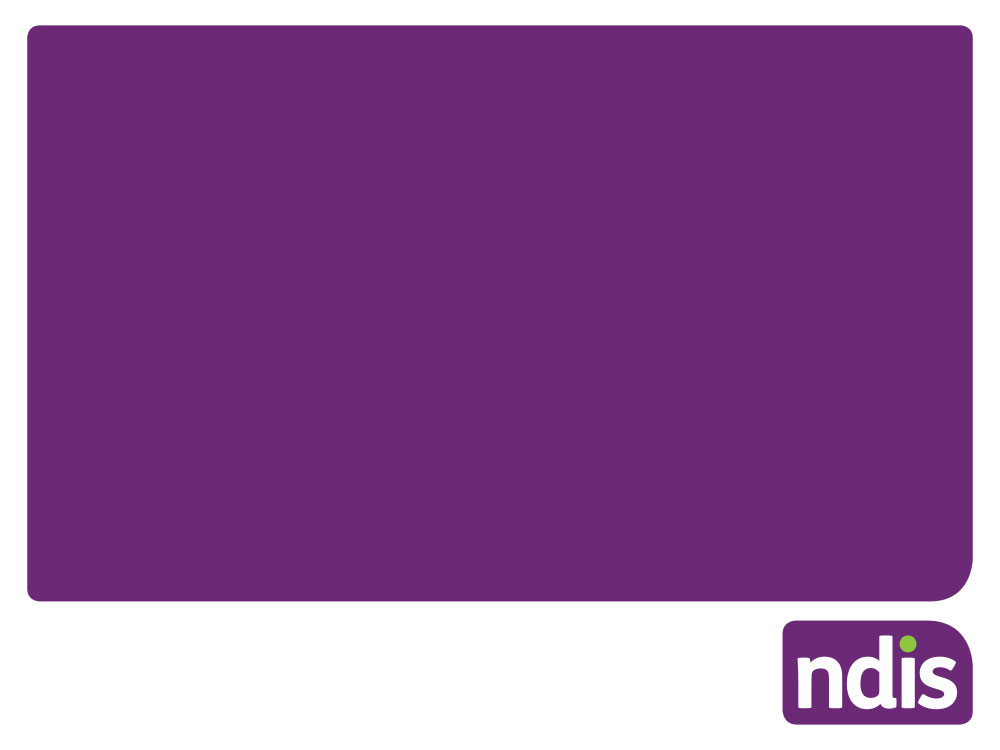

 DOCUMENT 3
DOCUMENT 3
FOI 24/25-0230
The National
Disability
Insurance
Scheme
The World Health Organisation
Disability Assessment Schedule
(WHODAS) 2.0
April 2017
Page 9 of 21

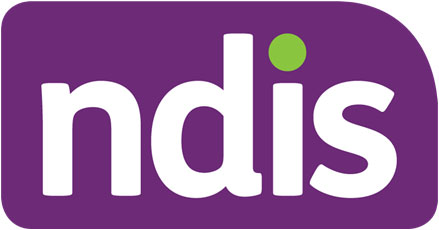
FOI 24/25-0230
Overview of the WHODAS
•
a generic assessment instrument developed by the World Health
Organisation
•
standardised method of measuring health, level of functioning, and
disability in adult populations
•
covers six domains of functioning: cognition, mobility, self-care,
getting along, life activities, and participation
•
there are several versions of the WHODAS 2.0 based on the
number of items and administration method (for example 36-item
self-administered)
•
the 12-item (interview-administered) version will be covered today
and used for data collection.
2
Page 10 of 21


FOI 24/25-0230
Frames of reference
Frames of references for answering questions*
Respondents should answer questions with the following frames of reference:
•
frame 1 – degree of difficulty
•
frame 2 – due to health conditions
•
frame 3 – in the past 30 days
•
frame 4 – averaging good and bad days
•
frame 5 – as the respondent usually does the activity
•
frame 6 – items not experiences in the past 30 days are not rated.
*see pages 38 to 40 in the manual
5
Page 11 of 21

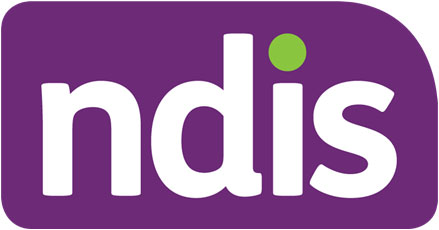
FOI 24/25-0230
Frames of reference (cont.)
Frames of reference 1 – degree of difficult
Respondents are asked questions about the degree of difficulty that they
experience in doing different activities. For WHODAS 2.0, having difficulty
means:
‒ increased effort
‒ discomfort of pain
‒ slowness
‒ changes in the way the person does the activity.
6
Page 12 of 21

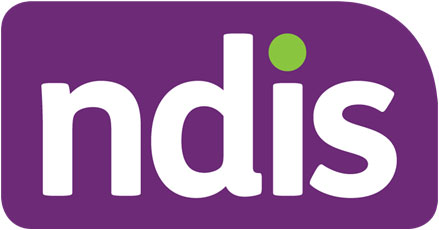
FOI 24/25-0230
Frames of reference (cont.)
Frames of reference 2 – due to health conditions
•
respondents are asked to answer about difficulties due to their
primary
disability, rather than other causes.
Frames of reference 3 – in the past 30 days
•
the timeframe for WHODAS 2.0 is 30 days, as recall abilities are most
accurate for the period of one month.
Frames of reference 4 – averaging good and bad days
•
some respondents will experience variability in the degree of difficulty that
they experience over a 30 day period.
•
in these cases, respondents should be asked to give a rating that averages
good and bad days.
7
Page 13 of 21

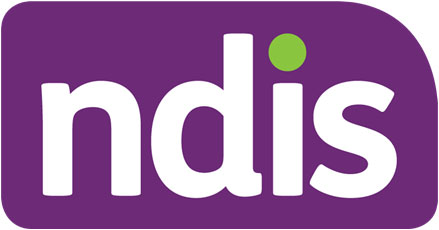
FOI 24/25-0230
Frames of reference (cont.)
Frames of reference 5 – as the respondent usually does the activity
•
respondents should rate the difficulty experienced by taking into consideration
how they usually do the activity. For example, if assistive devices are usually
available, respondents should keep this in mind.
•
support from a person should not be taken into account when responding.
Frames of reference 6 – items rated as not applicable
•
the instrument seeks to determine the amount of difficulty encountered in
activities that a person actually does, rather than activities that person would like
to do or can do, but does not actually do.
•
for example, considering item D2.5 “how much difficulty did you have in walking a
long distance, such as one kilometre?”
–
If a participant cannot walk one kilometre because of his/her impairment, the item would be rated a
“5” (for example “extreme or cannot do”)
–
However, if a participant has not tried to walk one kilometre simply because he/she drives
everywhere, then the item would be coded “N/A (not applicable)
8
Page 14 of 21

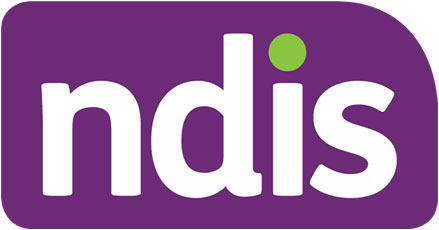
FOI 24/25-0230
Preamble for the WHODAS
Script for introducing the 12-item WHODAS
Hello. I’m going to ask you a set of questions that relate to everyday activities
that you may perform. I would like to understand the level of difficulty you have
in doing these activities, as a result of your primary or core disability.
When I ask about difficulties in doing an activity, think about: increased effort,
discomfort or pain, slowness, or changes in the way you do an activity.
Also, when answering, I’d like you to think back over the past 30 days about
how much difficulty you have had on average.
Finally, please consider how you usually do an activity and use this scale when
responding: none, mild, moderate, severe, extreme or cannot do.
Page 15 of 21
13

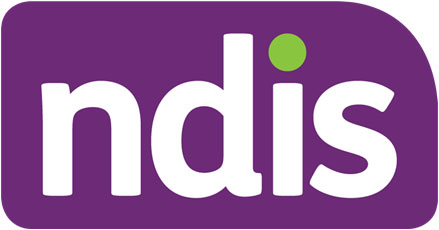
FOI 24/25-0230
Question-by-question
specifications*
Domain
Question
Specification
D2: Mobility
1. Standing for long
-
periods (such as 30
minutes)
D5: Life activities
1. Taking care of your
This global question is intended to elicit respondents’ appraisal of
household responsibilities
any difficulty they encounter in maintaining the household and in
caring for family members or other people they are close to.
Ask respondents to consider all types of household or family
needs, including: physical needs; emotional needs; financial
needs; and psychological needs.
In some cultures, males may indicate that they do not have
household responsibilities. In this situation, clarify that household
responsibilities include; managing finances; car and home
repairs; caring for the outside area of the home; picking up
children from school; helping with homework; and disciplining
children.
Here, “household” is defined broadly. In the case of participants
who do not have a stable dwelling place, there are still activities
surrounding the upkeep and maintenance of their belongings.
This question refers to those activities.
* Source: WHODAS 2.0 manual. See pages 48 to 54 for more detailed information.
14
Page 16 of 21

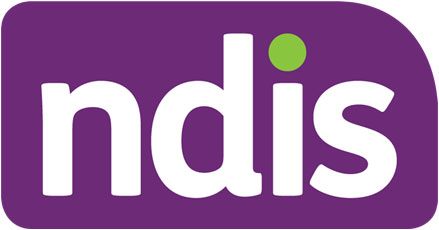 Question-by-question
Question-by-question
FOI 24/25-0230
specifications* (cont.)
Domain
Question
Specification
D1: Cognition
3. Learning a new task (for
If respondents ask for clarification or appear to be thinking only about
example, learning how to
learning how to get to a new place, encourage them to think of other
get to a new place)
situations in the past month where learning something new was
required, such as a task at: work (for example a new procedure or
assignment); school (for example a new lesson); home (for example
learning a new home-repair task); or leisure (for example learning a
new game or craft). Ask the respondents when rating themselves to
consider how easily they acquired new information, how much
assistance or repetition they needed in order to learn and how well
they retained what they learned.
D6: Participation
4. Joining community
If necessary, clarify this question using other examples of community
activities (for example
activities, such as attending town meetings, fairs, leisure or sporting
festivities, religious or other
activities in the town, neighbourhood or community. The relevant
activities) in the same way
issue being asked in this question is whether respondents can
as anyone else can
participate in these activities or whether there are inhibitors to them
doing so.
If respondents appear confused by the phrase “in the same way
anyone else can” ask them to use their judgement to: assess the
extent to which average people in their community can join
community activities; and consider their personal level of difficulty in
joining community activities in relation to the assessment.
* Source: WHODAS 2.0 manual. See pages 48 to 54 for more detailed information.
15
Page 17 of 21

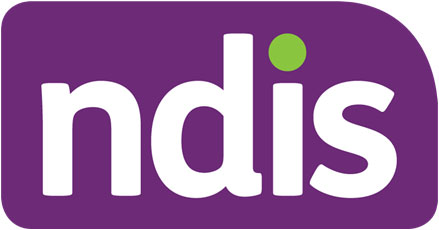
FOI 24/25-0230
Question-by-question
specifications* (cont.)
Domain
Question
Specification
D6: Participation
5. Emotionally affected by
This question refers to the degree to which respondents have felt an
your health problems
emotional impact due to their health condition. Emotions may include
anger, sorrow, regret, thankfulness, appreciation, or any other
positive or negative emotions.
D6: Participation
6. Concentrating on doing
If clarification is requested, encourage the respondent to think about
something for 10 minutes
their concentration in usual circumstances, rather than when they are
preoccupied by a problem or are in an unusually distracting
environment. If necessary, prompt the respondent to think about their
concentration while they were doing something such as work tasks,
reading, writing, drawing, playing a musical instrument, assembling a
piece of equipment, and so on.
D2: Mobility
7. Walking a long distance
Convert distances into imperial measure where necessary (for
(such as a kilometre or
example older people may be more familiar with miles than with
equivalent)
kilometres).
* Source: WHODAS 2.0 manual. See pages 48 to 54 for more detailed information.
16
Page 18 of 21

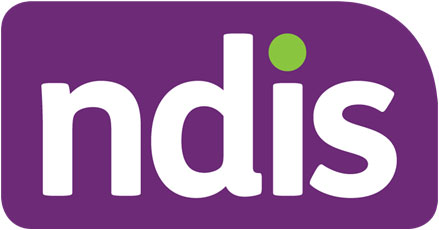
FOI 24/25-0230
Question-by-question
specifications* (cont.)
Domain
Question
Specification
D3: Self-care
8. Washing your whole
This question refers to respondents washing their entire body in
body
whatever manner is usual for their culture. If respondents report that
they have not washed their bodies in the past 30 days, ask whether
this is due to a health condition (as defined under frame of reference
2)
D3: Self-care
9. Getting dressed
This questions includes all aspects of dressing the upper and lower
body. Ask respondents to consider activities such as gathering
clothing from storage areas (for example closet, dresser) and
securing buttons, tying knots, when making the rating.
D4: Getting along
10. Dealing with people
This item refers to interactions with strangers in any situation, such
you do not know
as: shop-keepers, service personnel, and people from whom one is
asking directions. When making the rating, ask respondents to
consider both approaching such individuals and interacting
successfully with them to obtain a desired outcome.
* Source: WHODAS 2.0 manual. See pages 48 to 54 for more detailed information.
17
Page 19 of 21


FOI 24/25-0230
Question-by-question
specifications* (cont.)
Domain
Question
Specification
D4: Getting along
11. Maintaining a friendship
This item includes: staying in touch; interacting with friends in
customary ways; initiating activities with friends; and participating in
activities when invited. Respondents will sometimes report that they
have not engaged in friendship-maintenance activities in the past 30
days. In this case, ask whether this situation is due to a health
condition.
D5: Live activities
12. Your day-to-day work
This global question is intended to elicit respondents’ appraisal of
and/or school
difficulties encountered in day-to-day work or school activities. This
includes issues such as attending on time, responding to supervision,
supervising others, planning and organising, meeting expectations in
the workplace and any other relevant activities.
* Source: WHODAS 2.0 manual. See pages 48 to 54 for more detailed information.
18
Page 20 of 21

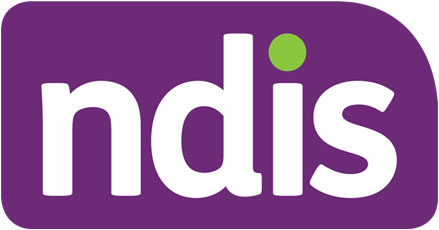
FOI 24/25-0230
Version control
Version
Amended Brief description of change
Status
Date
No
by
2.0
NAN927
Class 1 Approval
APPROVED
2020-03-16
Annual Review consulted with
PBQ096 from Insurance Support
Branch.
3.0
NAN927
Class 1 Approval
APPROVED
2020-03-18
Accessibility updates
Page 21 of 21
19






























